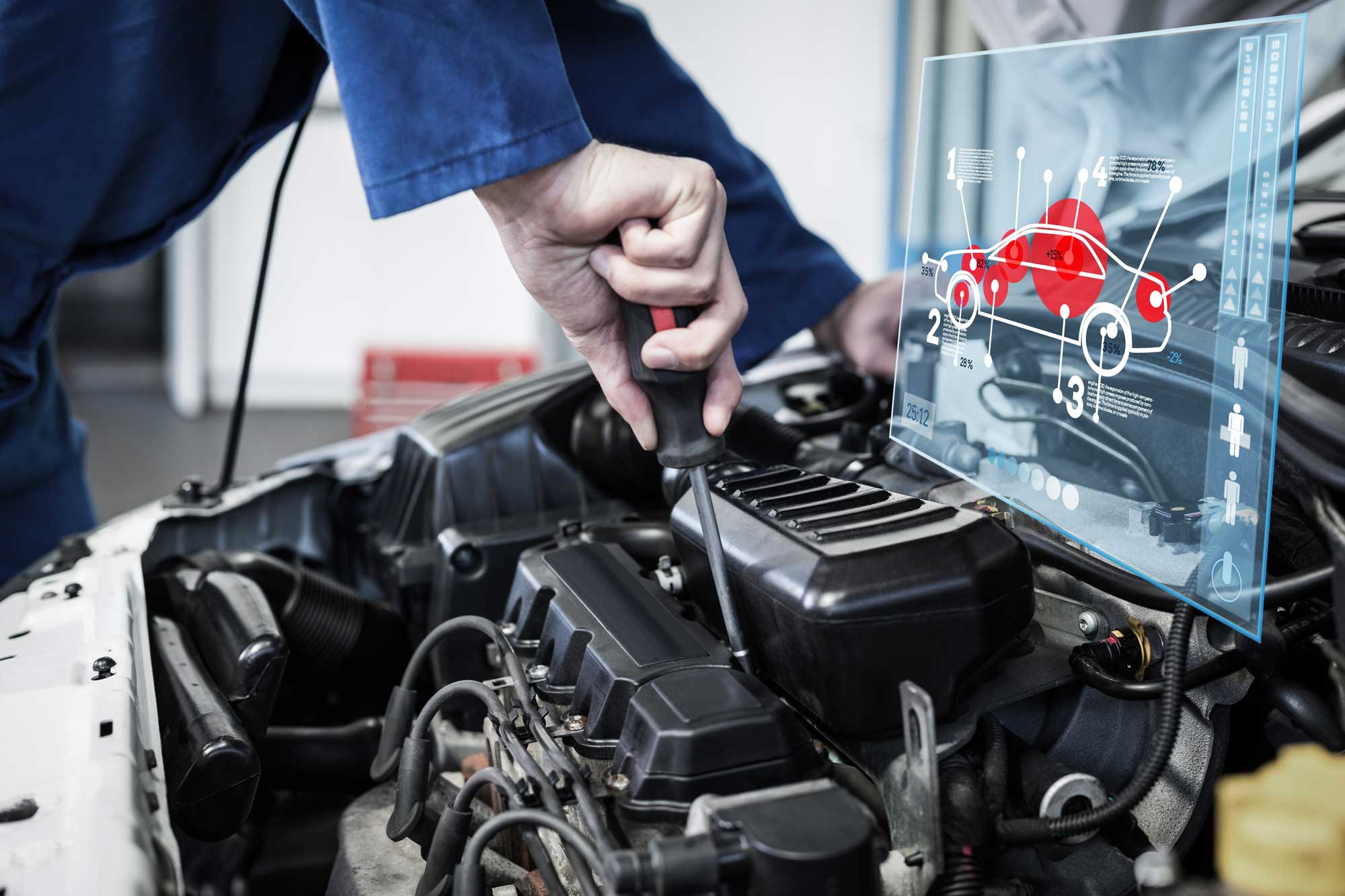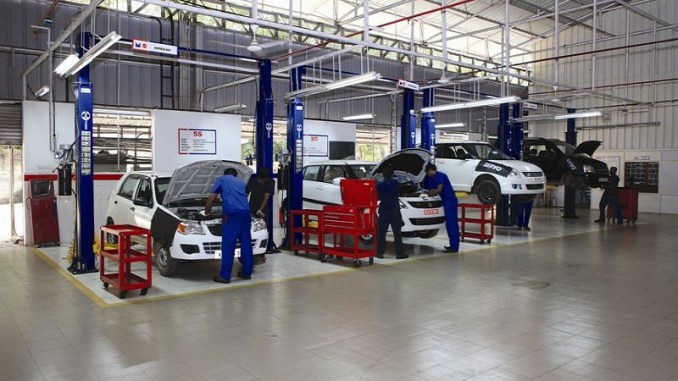All Categories
Featured

[/image]
Proper tire maintenance is crucial to expanding the life of your car and guaranteeing a smooth and risk-free driving experience. 2 of the most essential tire solutions are tire rotation and alignment. These services not only stop premature tire wear but likewise boost handling, gas performance, and overall safety. If you're unknown with what tire rotation and alignment involve, right here's an extensive take a look at why they matter and just how they profit your vehicle.
What Is Tire Turning? Tire rotation describes relocating your tires from one position to an additional to ensure they put on uniformly. The reason tire rotation is needed is since not all tires use similarly. In front-wheel-drive lorries, as an example, the front tires manage both guiding and power, that makes them break faster than the rear tires. Similarly, the back tires use in different ways in rear-wheel-drive and all-wheel-drive vehicles.
By revolving your tires on a regular basis, you can cancel the wear throughout all 4 tires. This aids them last much longer and permits more even traction, enhancing handling and security. The majority of producers recommend revolving your tires every 6,000 to 8,000 miles or as per the car's manual.
What Is Tire Positioning? Tire alignment, also understood as wheel alignment, refers to the procedure of adjusting the angles of your auto's wheels to satisfy the producer's requirements. The goal of positioning is to ensure that all four tires are directing in the right instructions and at the proper angles, which enables optimal handling, security, and tire life.
There are three major positioning angles that are adjusted throughout a placement check:

Camber: The tilt of the wheels when seen from the front. If the camber is off, it can lead to uneven tire wear, as the tire will certainly not make complete call with the road surface area. Caster: The angle of the steering axis when viewed from the side. Appropriate caster positioning makes sure that your lorry is steady when driving straight which your wheel go back to its regular position after a turn. Toe: The angle at which the tires aim inward or external when viewed from above. Incorrect toe positioning can create the tires to drag, bring about unequal wear and minimized gas efficiency. Imbalance can happen in time as a result of normal driving or from hitting barriers like aesthetics or gaps. If your positioning is off, it is very important to get it examined and remedied to prevent concerns later on.
Why Tire Rotation and Positioning Issue. Boosted Tire Life:. Routine tire rotation makes certain also tire wear, helping you obtain one of the most mileage out of your tires. Uneven wear can trigger you to change tires prematurely, which can be pricey. When your tires use equally, they last much longer, saving you money in the long-term.
Boosted Car Handling:. Appropriate positioning keeps your automobile driving straight and stable, particularly at higher speeds. Imbalance can create your vehicle to draw away, making it tougher to steer. By keeping your tires aligned, you ensure your lorry manages much more efficiently and naturally.
Boosted Safety:. Tires that are not revolved or aligned correctly can use unevenly, influencing exactly how well your vehicle quits and corners. As an example, misaligned tires or tires with uneven wear patterns may create reduced traction, particularly in damp or icy problems, causing a higher danger of mishaps.
Better Fuel Effectiveness:. Tires that are misaligned can develop moving resistance, suggesting your engine needs to work tougher to move the car. This raises fuel usage and reduces your auto's gas efficiency. Appropriate tire placement reduces rolling resistance, which can boost gas mileage.
Signs Your Tires Need Turning or Positioning. While it's necessary to remain on top of regular tire turnings and alignments, there are a few signs that might suggest your tires need focus:
Irregular Wear: If you notice that tire is much more worn than the others, it's most likely time for a turning. Steering Pull: If your vehicle pulls to one side or really feels off-center, it could be a sign of imbalance. Vibrations: If you feel vibrations in the steering wheel or the car, maybe due to an alignment issue. Noisy Tires: Squealing or loud tires could indicate improper rotation or misalignment. If you observe any one of these indicators, it is very important to obtain your tires inspected by an expert.
How Typically Should You Rotate and Straighten Your Tires? Tire turning ought to typically be done every 6,000 to 8,000 miles, though this can differ based on your driving problems and the kind of automobile you drive. It's likewise a great concept to have your tires revolved whenever you get an oil modification.
For placement, you need to have your tires aligned every 1-2 years, or more often if you discover any type of issues with managing or irregular tire wear. If you struck a huge gap or curb, it's sensible to obtain an alignment inspect right now.
Final Thought: Regular Upkeep for Optimum Performance. Tire rotation and positioning are 2 easy however critical services that keep your cars and truck running smoothly, efficiently, and securely. By revolving your tires on a regular basis and maintaining your wheels appropriately aligned, you can expand the life of your tires, enhance handling, and enjoy much better gas efficiency. Don't wait for your tires to reveal indicators of wear-- schedule routine upkeep to maintain your vehicle in leading form. Normal tire care is a financial investment that settles over time, keeping you and your guests risk-free when traveling.
Latest Posts
Don’t Miss Exclusive Auto Repair Offers in Chicago at Montclare Auto Repair
Improve Your Home's Exterior with Weathercraft's House siding Solutions
Safeguard Your Financial Investment with Professional Rain Gutter Installation
More
Latest Posts
Don’t Miss Exclusive Auto Repair Offers in Chicago at Montclare Auto Repair
Improve Your Home's Exterior with Weathercraft's House siding Solutions
Safeguard Your Financial Investment with Professional Rain Gutter Installation